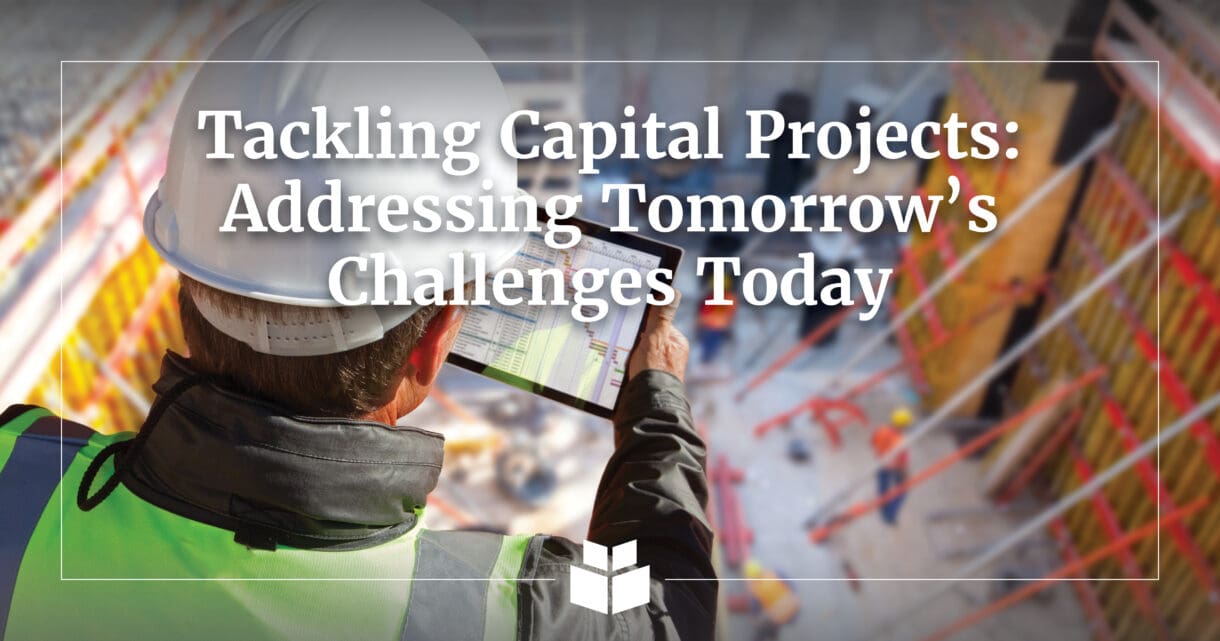
Imagine this: Your town shares water and sewer infrastructure with a neighboring community. A major wastewater pipe, responsible for nearly 40% of the system’s flow, has slowly deteriorated over time. Now, the rebar is exposed, the concrete is crumbling, and staff warn that if nothing is done, the pipe could collapse entirely.
What do you do?
That was the reality faced by one town council when public works staff presented a stark comparison: photos of the pipe from three years ago versus its current state. The message was clear: delay any longer, and the town risks a catastrophic failure that would affect not just one but two municipalities.
The price tag for repairs was significant, and the construction would impact two well-used greenway systems. Faced with a complex problem, staff laid out several options, including how to keep portions of the greenway accessible during the project. But one key question remained: how do you pay for it?
This scenario is far from unique. Communities across the country are dealing with aging infrastructure and limited funding options. In this case, the municipality had two main choices: dramatically increase utility rates for a single fiscal year to cover the cost upfront, or adopt a gradual “rate smoothing” approach, spreading smaller increases over multiple years to reduce the impact on taxpayers.
The council opted for rate smoothing, recognizing that a steady, manageable funding approach would not only support the repair project but also be easier for residents to absorb.
The lesson here is that presenting options, along with a clear explanation of their value, benefits, and opportunity costs, can make all the difference in helping decision-makers navigate complex infrastructure challenges.
A proactive mindset is often the dividing line between success and crisis. As WithersRavenel’s Director of Government and seasoned public works professional, Keith Pugh, PE, put it, many municipalities don’t identify issues until something goes wrong. “The first time they notice a problem is when the system stops working properly, like when wastewater stops flowing to the treatment plant,” Pugh said. “At that point, you’re reacting to failure instead of planning to prevent it.”
Especially when communicating with non-technical audiences, it’s critical to explain, in plain terms, what could happen if a system is allowed to fail. That perspective, rooted in clear consequences, can be eye-opening and help drive action.
Addressing tomorrow’s challenges today requires more than technical expertise. It demands strategic planning, long-term thinking, and the ability to communicate urgency without causing panic. When municipalities plan ahead, invest wisely, and build consensus early, they not only save money, they safeguard their communities for generations to come.
